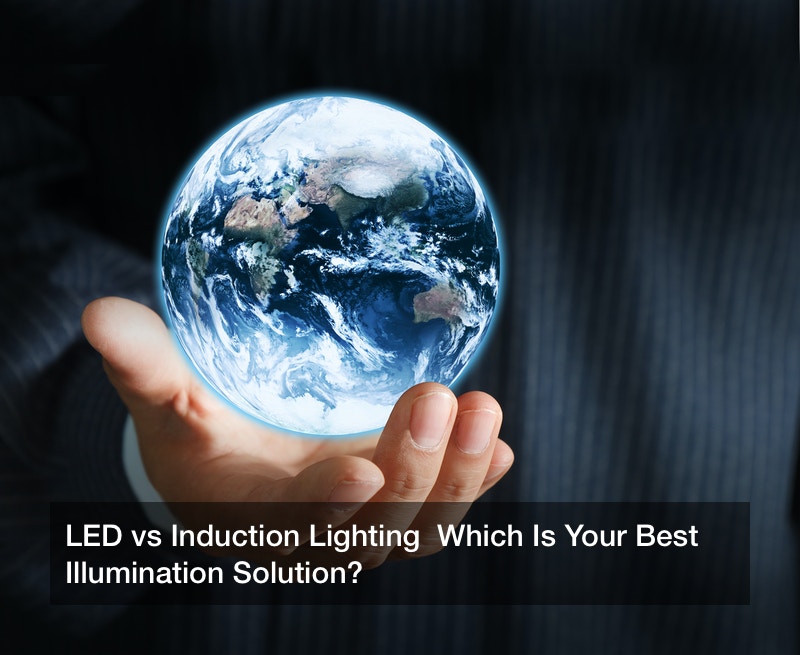

LED and induction lighting are some of the popular low wattage lighting options on the market. They’re ideal because they consume less energy than fluorescent and HID lamps. If you’re at your local store, making a choice between LED and induction lighting may be a challenge if you’re not equipped with the right information. This post presents to you a brief highlight of the benefits of LED and induction lamps as well as insights on how to choose the best option for your specific needs.
Induction Ballast Powered Lamps
Induction lighting is generated from magnetic induction lamps, which are akin to fluorescent lamps with electromagnetic inserts inside the lamp or wrapped around the tubing of the light. Induction lights have three major parts, which include a discharge tube, an electromagnetic inductor, and a frequency generator known as an induction ballast.
These kinds of lights generate light through an induction of an electromagnetic field. The field activates argon or krypton gas that contains mercury to generate UV light, which reacts with a phosphor layer to create some visible light. These lamps operate on high-frequency energy acquired from an electronic induction ballast.
The Benefits of Induction Lamps
Induction lamps last for longer than most common light bulbs. Many induction lamps may last for up to 100,000 hours, and at 60,000 hours most of these lamps will still be generating approximately 70% of their original light output level.
Apart from the long lumen life, induction lamps also don’t suffer from internal blackening, which often results from electrode degradation. The lamps also don’t have lots of strobing and flickering. But unlike the silent LED lamps, induction lamps generate some buzzing sound or noise from their induction ballast when it generates the lighting magnetic frequency.
Induction lamps use low wattage and they can work in environments where the temperatures are high. These lights also have a wide array of application areas.
LED Lamps
Unlike an induction lamp that uses an induction ballast to create some light, LED lighting technology is a light system in which the light is created from electrons circulating within a semi-conductor. It’s thus a solid-state lighting system on a piece of solid semi-conductors inside the LED.
The Benefits of LED Lamps
LED lights have a longer life than HID lights, but they often don’t last for as long as the induction lights.
LED lights are dimmable and they can provide directional light. The ability to dim such lights makes them ideal for use in areas that require low lighting during specific times.
LED lights are easily available and they have low maintenance requirements
LED lights are also a low wattage source of light that doesn’t consume too much power.
Why Choose Induction Lamps over LED lamps?
Induction lights may be more preferable than LED lamps because they create a wide beam angle that spreads light in a more even manner than LED lamps which generate directional light. The directional light causes some dark spots and shadows in some areas.
Unlike LED lights that need to be ‘domed’ to create a wide area lighting effect, induction lighting can provide a beam that covers a wide area without the need to be ‘domed.’
Induction lights last longer than most LED lights that suffer from high heat output and depreciation, which reduce lighting efficacy.
Induction lighting has proven to be energy-efficient, but LED lighting is still under more research.
Induction lamps and LED lamps are energy-efficient forms of lighting that consume less energy because of their low wattage. Though they can serve different lighting purposes, induction lighting seems to be superior to LED lighting because it can serve more purposes, bear high temperatures, and last for longer than LED lighting.
As such, induction lighting is a more preferable option than LED lighting because it can find wider usage than LED lighting. Laws in most jurisdictions stipulate that your parking garage lights need to be on for 24 hours in a day. In such circumstances, induction lighting would be more preferable than LED lighting because of its long lifespan and powerful lighting.